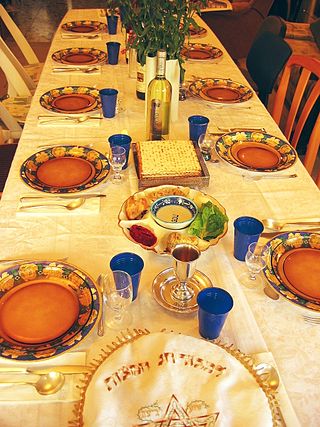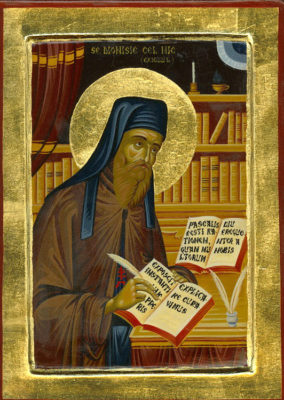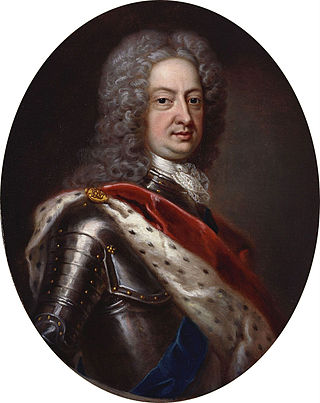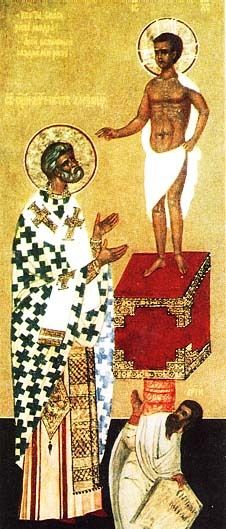This is an incomplete list of former heads of regimes, like presidents, prime ministers and monarchs, who were sentenced to death by the succeeding regime.
Contents
| Leader | Country | Born | Title | Died | Notes |
|---|---|---|---|---|---|
| Ion Antonescu | June 15, 1882 | Prime minister (1940–1944) | June 1, 1946 | Executed by firing squad | |
| Ivan Bagryanov | October 29, 1891 | Prime minister (1944) | February 1, 1945 | Executed | |
| Celâl Bayar | May 16, 1883 | President (1950-1960) Prime minister (1937–1939) | August 22, 1986 | Sentence commuted; released in 1964 | |
| Zulfikar Ali Bhutto | January 5, 1928 | President (1971–1973) Prime minister (1973–1977) | April 4, 1979 | Executed by hanging | |
| Jean-Bédel Bokassa | February 22, 1921 | Emperor (1976–1979) President (1966–1976) | November 3, 1996 | Sentence commuted; released in 1993 | |
| Dobri Bozhilov | June 13, 1884 | Prime minister (1943–1944) | February 1, 1945 | Executed | |
| Nicolae Ceaușescu | January 26, 1918 | President (1967–1989) | December 25, 1989 | Executed by firing squad | |
| Charles I of England | November 19, 1600 | King (1625–1649) | January 30, 1649 | Executed by decapitation | |
| Chen Gongbo | 1892 | President (1944–1945) | June 3, 1946 | Executed by firing squad | |
| Chun Doo-hwan | January 18, 1931 | President (1980–1988) | November 23, 2021 | Sentence commuted; released in 1997 | |
| Bogdan Filov | April 9, 1883 | Prime minister (1940–1943) | February 2, 1945 | Executed | |
| Amir-Abbas Hoveyda | February 18, 1919 | Prime minister (1965–1977) | April 7, 1979 | Executed by firing squad | |
| Lady Jane Grey | c. 1536 | Queen (1553) | July 19, 1553 | Executed | |
| Li Si | China (Qin dynasty) | c. 280 BC | Chancellor (? to 208 BCE) | 208 BC | Executed by waist chop |
| Liang Hongzhi | 1882 | Chairman (1938–1940) | 1946-11 | Executed by firing squad | |
| Louis XVI of France | August 23, 1754 | King (1774–1792) | January 21, 1793 | Executed by decapitation (guillotine) | |
| Patrice Lumumba | July 2, 1925 | Prime Minister (1960) | January 17, 1961 | Executed by firing squad | |
| Francisco Macías Nguema | January 1, 1924 | President (1968–1979) | September 29, 1979 | Executed | |
| Ferdinand Marcos | September 11, 1917 | President (1965–1986) | September 28, 1989 | Sentence commuted; released in 22 October 1940 | |
| Mary, Queen of Scots | December 8, 1542 | Queen of Scotland (1542–1567) | February 8, 1587 | Beheaded by order of Queen Elizabeth I of England to prevent her inheriting the English throne. | |
| Alphonse Massamba-Débat | 1921 | President (1963–1968) Prime minister (1963) | March 25, 1977 | Executed | |
| Adnan Menderes | 1899 | Prime minister (1950–1960) | September 17, 1961 | Executed by hanging | |
| Mengistu Haile Mariam | May 21, 1937 | Head of state (1977-1987) President (1987-1991) | Living | Convicted in absentia | |
| Benito Mussolini | July 29, 1883 | Prime minister (1922–1943) | April 28, 1945 | Executed by firing squad | |
| Imre Nagy | June 7, 1896 | Prime minister (1953–1955, 1956) | June 16, 1958 | Executed by hanging | |
| Mohammad Najibullah | 1947 | President (1987–1992) | September 27, 1996 | Executed by hanging | |
| Nicholas II of Russia | May 18, 1868 [1] | Emperor (1894–1917) | July 17, 1918 [2] | Executed | |
| Philippe Pétain | April 24, 1856 | Head of state (1940–1944) | July 23, 1951 | Sentence commuted to life imprisonment | |
| Vidkun Quisling | July 18, 1887 | Minister president (1942–1945) | October 24, 1945 | Executed by firing squad | |
| Edward James Roye | March 11, 1815 | President (1870–1871) | February 11, 1872 | Sentenced to death, died in uncertain circumstances before sentence was carried out | |
| Saddam Hussein | April 28, 1937 | President (1979–2003) | December 30, 2006 | Executed by hanging | |
| Sima Chi | China (Western Jin) | 284 | Emperor (307 to 311) | March 14, 313 | Executed prisoner of war |
| Sima Ye | China (Western Jin) | 300 | Emperor (313 to 316) | February 7, 318 | Executed prisoner of war |
| Ferenc Szálasi | January 6, 1897 | Nationleader (1944–1945) | March 12, 1946 | Executed | |
| Jozef Tiso | October 13, 1887 | President (1939–1945) | April 18, 1947 | Executed by hanging | |
| Hideki Tojo | December 30, 1884 | Prime minister (1941–1944) | December 23, 1948 | Executed by hanging | |
| Moussa Traoré | September 25, 1936 | President (1968–1991) | September 15, 2020 | Sentence commuted; released in 2002 | |
| Wen Tianxiang | China (Song dynasty) | June 6, 1236 | Chancellor (1275–78) | January 9, 1283 | Executed prisoner of war |
| Ying Ziying | China (Qin dynasty) | Unknown | Emperor (207 BC) | January 206 BC | Executed prisoner of war |
| Zhao Gao | China (Qin dynasty) | Unknown | Chancellor (208 BC–207 BC) | 207 BC | Executed |
| Zhao Xian | China (Song dynasty) | November 2, 1271 | Emperor (1274–76) | May 1323 | Executed |
| Émile Derlin Zinsou | March 23, 1918 | President (1968-–) | July 28, 2016 | Convicted in absentia | |
| Georgios Papadopoulos | May 5, 1919 | Prime Minister (1967–1973) Regent (1972-1973) President (June 1 to November 25, 1973) | May 27, 1999 | Sentence commuted to life imprisonment |










